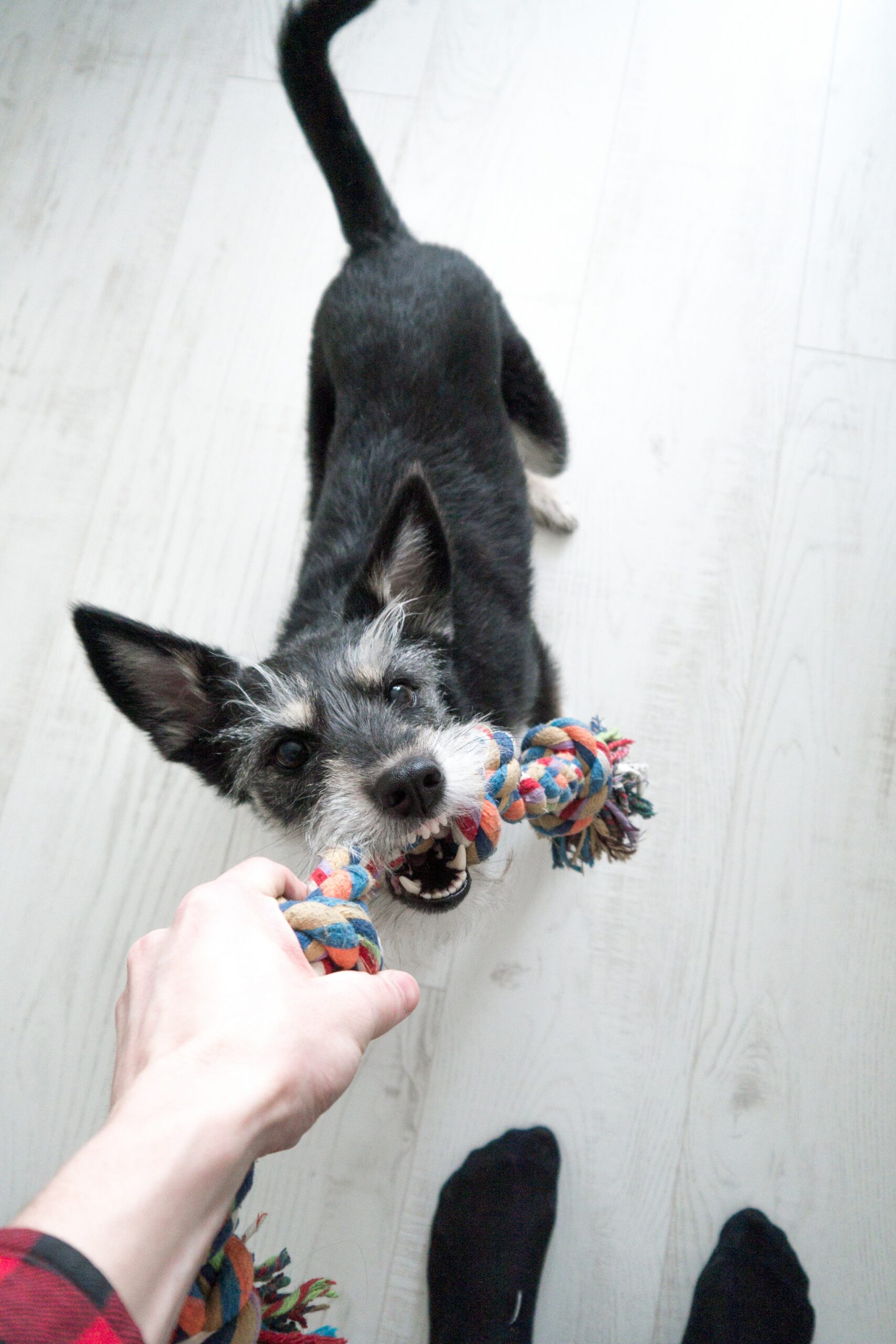Pets and Their People Blog
Jumpy Dogs – Key Strategies That Might Surprise You
Traditionally you may have been told to ignore dogs or puppies when they jump up.
However, this is unfair to your dog or puppy, as usually when they jump up they are nervous and are asking for reassurance, or you have been away and they are pleased to see you. Dogs are social animals and crave social and emotional contact from their guardians. Therefore, when your dog jumps, they have a social or emotional need, and as dog guardians we should fulfill that need.
Provide Reassurance
When your dog jumps, use both hands to gently touch and interact with him, whilst focusing solely on him. You are saying to your dog, “I am here for you and you have my full attention.” If your dog does not like to be stroked, you can do this without touching him; just focus your full attention on him. Dogs that have their emotional and social needs met are likely to jump less and less as you are meeting their needs.

You can use your reassuring approach:
- when visitors come round,
- if your dog is nervous or worried,
- when in a new place or,
- when meeting new people.
Before Your Dog Jumps Up
For prevention, you can use your reassuring touch before your dog jumps up. Or, have your dog take one end of a toy whilst you take the other and have a gentle game of tug.
When visitors come over (and you know in advance), you can put your dog in a separate room using a baby gate if need be, and give her something to do, such as a snuffle mat, licky mat, age and size appropriate chew, or food toy. As your visitor comes in, the action of chewing or licking something enriching helps your dog to feel calmer. Then, when your dog is calm, you can bring her into the visitor area.
However, if your dog is worried or nervous when you take her into a new situation, remove her from the situation if possible. If your pet is worried about meeting new people, then move your dog or puppy away until she is calm.
About the Author

Caroline Ward is a UK based dog trainer and managing director of her own business FITdogs Club, which was born in 2016. She lives with a papillon called Joey and Shetland sheepdog called Darcy. In addition to gaining her IABTC Instructor and IABTC Clicker and Target (levels 1-3), Caroline has attended a number of workshops in puppy training, life skills and cognition, including The Dogs Mind and Social Learning in Puppies with Claudia Fugazza (2019) and has also completed a variety of canine related courses. She is a rally judge and has seen rally develop as a sport over the years. Caroline was privileged to be part of the ring party at Crufts 2018 and is proud to be chosen as Assistant Manager for the Crufts Northern Rally Team. She has a special interest in canine cognition and how dogs feel, and is also an advocate for small dogs, who she feels have great potential.
